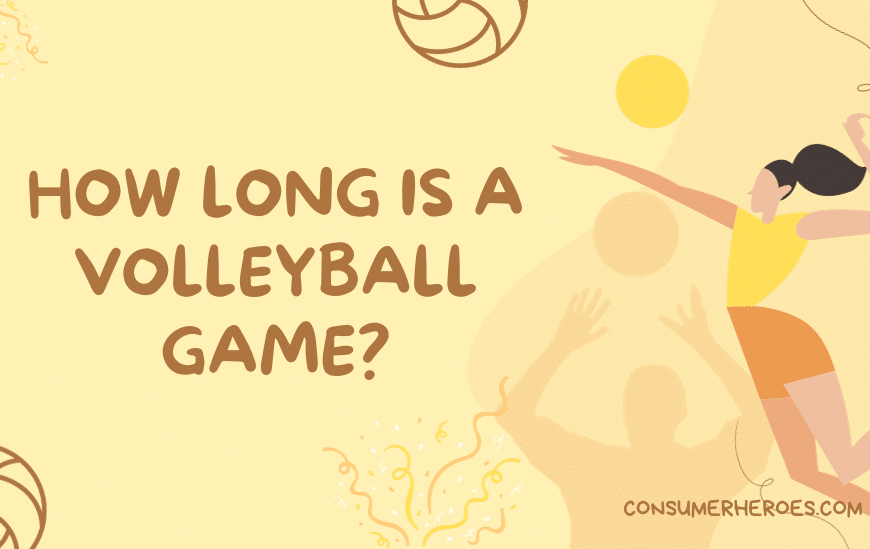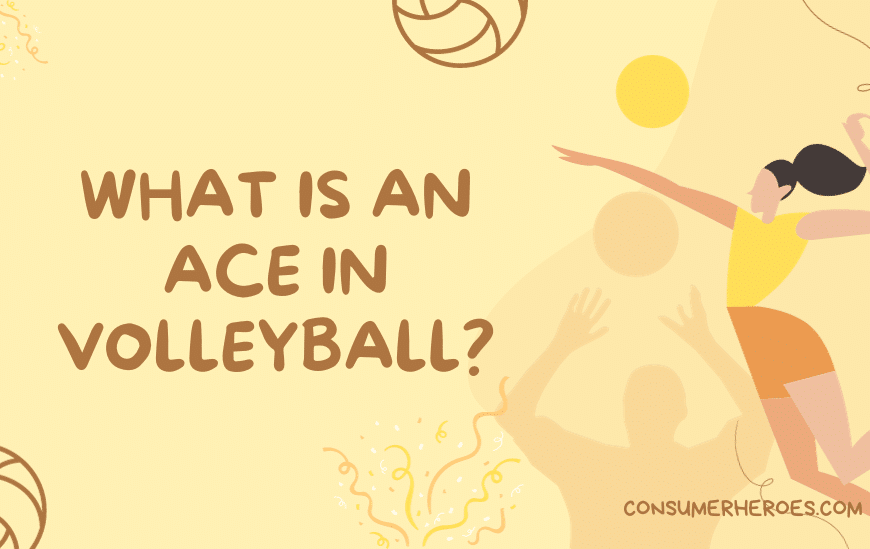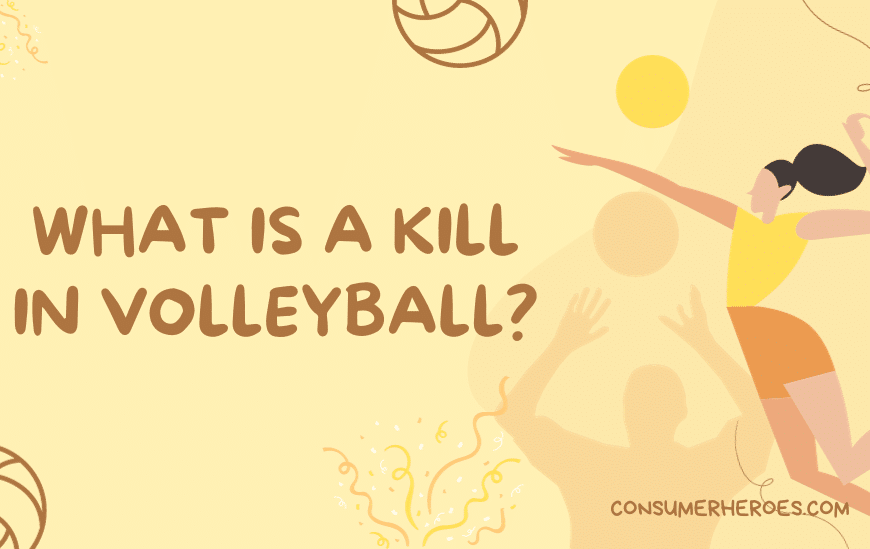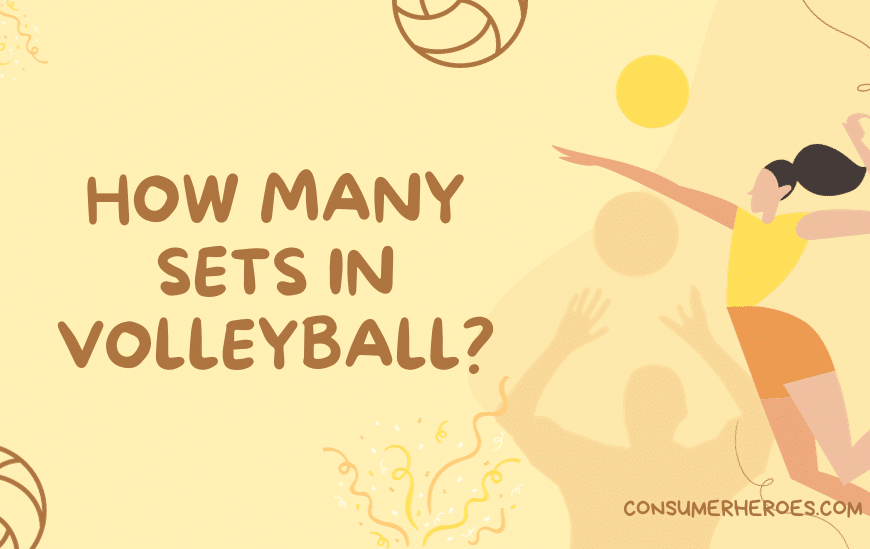Spike is one of the most exciting moves in volleyball. It’s a powerful strike that sends the ball over the net and into the opponent’s court. To execute a successful spike, a player needs to have the right technique, timing, and positioning. In this article, we’ll discuss the fundamentals of spiking and provide tips on how to improve your skills.
To start, spiking requires a player to jump high and hit the ball with a strong hand motion. The key is to generate power from the legs and transfer it to the arm swing. It’s also important to approach the ball at the right angle and height to make the most effective strike. Timing is critical, as a mistimed spike can result in a block or a missed shot.
Whether you’re a beginner or an experienced player, learning how to spike correctly can take time and practice. However, with the right guidance and mindset, anyone can master this essential volleyball skill. In the next section, we’ll break down the steps of a successful spike and provide tips on how to improve your technique.
Understanding Volleyball
Volleyball is a popular team sport that requires six players on each side of a net. The objective of the game is to ground the ball on the opponent’s side of the court, while preventing the opposing team from doing the same. The game is played with a ball that is about the size of a basketball, but lighter in weight.
The court is divided into two halves by a net that is 7 feet 11 5/8 inches high for men and 7 feet 4 1/8 inches high for women. The court measures 59 feet long and 29.5 feet wide. Each team is allowed three touches of the ball before it must be sent over the net to the other side. A point is awarded to the team that successfully grounds the ball on the opponent’s side or if the opponent commits a fault.
Volleyball is a fast-paced game that requires quick reflexes, good communication, and teamwork. Players must be able to move quickly and jump high to spike the ball over the net. They must also be able to pass, set, and serve the ball accurately to their teammates.
Overall, understanding the basic rules and techniques of volleyball is essential for anyone who wants to play the game competitively. With practice and dedication, players can improve their skills and become valuable members of their team.
Basic Volleyball Rules
Playing volleyball requires a basic understanding of the rules. Here are some of the fundamental rules of volleyball:
Court Dimensions
A volleyball court is typically 30 feet wide and 60 feet long. The net divides the court into two equal halves, and it is placed at a height of 7 feet 11 5/8 inches for men and 7 feet 4 1/8 inches for women.
Scoring
Volleyball matches are typically played in a best-of-five format. The first team to win three sets wins the match. Sets are played to 25 points, and a team must win by two points. If the score is tied at 24-24, play continues until one team wins by two points.
Serving
The team that wins the coin toss at the beginning of the match gets to serve first. The server must stand behind the end line and hit the ball over the net to the other team. If the ball touches the net and goes over, it is still considered a good serve. If the server commits a foot fault or serves the ball out of bounds, it is a point for the other team.
Rotation
Volleyball teams rotate clockwise each time they win the serve. This means that each player moves to the next position in the rotation. The player in the right back position always serves first.
Touches
Each team is allowed three touches to get the ball over the net. A player can’t touch the ball twice in a row, and a team can’t touch the ball more than three times before it goes over the net.
Fouls
There are several types of fouls in volleyball, including:
- Touching the net
- Stepping over the center line
- Hitting the ball out of bounds
- Committing a foot fault on the serve
When a foul is committed, the other team is awarded a point.
What is Spiking in Volleyball?
Spiking is one of the most exciting and essential skills in volleyball. It is a technique used to forcefully hit the ball over the net and into the opponent’s court. A successful spike can result in a point for the team and can be a game-changer.
To execute a spike, the player jumps into the air and hits the ball with a strong downward motion using their dominant hand. The goal is to hit the ball with enough force and accuracy to make it difficult for the opposing team to return.
Spiking requires a combination of power, timing, and technique. The player must have the ability to jump high, time their approach to the ball correctly, and hit the ball with the correct technique to generate enough power.
In addition to being an exciting skill to watch, spiking is also a critical component of a team’s offensive strategy. A strong spiker can put pressure on the opposing team’s defense and create scoring opportunities for their team.
Overall, spiking is a fundamental skill in volleyball that requires practice and dedication to master. With the right technique and mindset, any player can become a successful spiker and contribute to their team’s success.
The Importance of Spiking
Spiking is an essential skill in volleyball, and it is the most exciting aspect of the game. It is the primary way to score points and win games. A successful spike can demoralize the opposing team and energize your own team. Spiking requires a combination of power, accuracy, and timing, making it a challenging skill to master.
A good spike can be the difference between winning and losing a game. It is a powerful offensive weapon that can help a team gain momentum and control the game. A well-executed spike can also force the opposing team to change their defensive strategy, opening up opportunities for other players to score.
Spiking can also be a mental game. It can be used as a psychological tool to intimidate the opposing team. A powerful spike can send a message to the other team that you are in control and that they should be afraid. This can cause the other team to play more conservatively and make mistakes, giving your team an advantage.
Overall, spiking is a critical skill that every volleyball player should master. It is a powerful offensive weapon that can help a team win games, gain momentum, and intimidate the opposing team. With practice and dedication, anyone can become a great spiker and contribute to their team’s success.
Learning the Right Positioning
Approaching the Ball
When spiking a volleyball, approaching the ball is crucial. The approach starts from the back of the court and ends when the player is ready to jump and hit the ball. A good approach will help the player generate more power and accuracy in their spike.
The three-step approach is the most commonly used in volleyball. The player takes three steps before jumping to hit the ball. The first step is with the left foot, followed by the right foot, and then the left foot again. The last step should be a big jump, which will help the player get higher in the air.
It’s important to keep the approach consistent and controlled. The player should approach the ball at a steady pace, not too fast or too slow. The approach should also be in a straight line towards the ball.
Body Positioning
Body positioning is another important aspect of spiking a volleyball. The player should be facing the net with their arms up and ready to hit the ball. The hitting arm should be pulled back, ready to swing forward and hit the ball.
As the player jumps, they should bring their hitting arm forward and swing it down towards the ball. The player should aim to hit the ball with the heel of their hand, using a snapping motion to generate power.
It’s important to keep the body balanced and under control throughout the spike. The player should land on both feet, with their weight evenly distributed. This will help prevent injuries and ensure a successful spike.
In summary, learning the right positioning is crucial for spiking a volleyball. Approaching the ball with a consistent and controlled three-step approach, and maintaining proper body positioning throughout the spike, will help players generate more power and accuracy in their spikes.
Mastering the Spike Technique
Arm Swing
The arm swing is a crucial aspect of spiking a volleyball. To execute a successful spike, the player must start with a powerful arm swing. The player should make sure to bring their arm back as far as possible before swinging it forward. This will generate more power and momentum for the spike.
It is essential to keep the elbow high during the arm swing. The elbow should be above the shoulder to maximize the power of the spike. The player should also ensure that the arm is straight during the swing, with the hand and fingers pointing towards the target.
Wrist Snap
The wrist snap is the final movement in the spike technique. It is the action that gives the ball the necessary spin and direction. To execute a powerful wrist snap, the player should keep their wrist firm and snap it at the last moment of contact with the ball.
The player should aim to hit the ball with the heel of their hand to generate more power. They should also make sure that their hand is open and relaxed during the spike. A tight grip on the ball can reduce the power and accuracy of the spike.
Jump Timing
Jump timing is crucial for a successful spike. The player must time their jump correctly to hit the ball at the highest point possible. This will give the player more time to execute the arm swing and wrist snap, resulting in a more powerful spike.
The player should start their approach two to three steps away from the ball. They should then jump off their dominant foot, with their non-dominant foot following shortly after. The player should aim to hit the ball at the highest point possible, just above the net.
In conclusion, mastering the spike technique requires a combination of a powerful arm swing, a strong wrist snap, and correct jump timing. With practice and dedication, any player can become an effective spiker.
Practicing Spiking Drills
To become a successful volleyball player, it is essential to master the art of spiking. Practicing spiking drills can help players improve their technique, timing, and power. Here are some effective spiking drills that players can incorporate into their training:
Wall Spiking Drills
Wall spiking drills are an excellent way to practice spiking technique and timing. To perform this drill, a player stands in front of a wall and spikes the ball against it. The player should focus on hitting the ball with the correct technique, using their arm swing and wrist snap to generate power. The drill can be made more challenging by varying the height and speed of the ball.
Partner Spiking Drills
Partner spiking drills are a great way to practice spiking against a live opponent. To perform this drill, two players stand on opposite sides of the net. One player tosses the ball to the other, who then spikes it back. The players should focus on timing their approach and jump to hit the ball at the highest point possible. The drill can be made more challenging by increasing the speed and height of the toss.
When practicing spiking drills, it is important to focus on technique and form rather than just hitting the ball hard. Players should aim to hit the ball with power and accuracy while maintaining control. By incorporating these spiking drills into their training, players can improve their performance on the court and become more confident in their ability to spike the ball.
Common Spiking Mistakes
Spiking a volleyball is a crucial part of the game, and it requires proper technique and form to execute it effectively. However, there are some common mistakes that players make while spiking, which can result in missed opportunities and lost points. In this section, we will discuss some of the most common spiking mistakes and how to avoid them.
1. Poor Approach
One of the most common mistakes that players make while spiking is having a poor approach. A good approach is essential to generate enough power and momentum to execute an effective spike. Players should ensure that they take the correct number of steps and have the right timing while approaching the ball. They should also be aware of their footwork and ensure that their steps are quick and explosive.
2. Incorrect Arm Swing
Another common mistake that players make while spiking is having an incorrect arm swing. A proper arm swing is crucial to generate enough power and accuracy while spiking. Players should ensure that they have a full arm swing, starting from behind their head and ending with a snap of their wrist. They should also ensure that they contact the ball at the highest point possible.
3. Poor Timing
Timing is everything in volleyball, and it’s no different when it comes to spiking. A common mistake that players make is mistiming their jump or approach, resulting in a poorly executed spike. Players should ensure that they time their approach and jump correctly, so they can hit the ball at the highest point possible.
4. Lack of Communication
Communication is key in volleyball, and it’s no different when it comes to spiking. A common mistake that players make is not communicating effectively with their teammates, resulting in missed opportunities and lost points. Players should ensure that they communicate with their teammates before and during the game, so they can execute effective spikes and win points for their team.
In conclusion, spiking is a crucial part of volleyball, and it requires proper technique and form to execute it effectively. By avoiding these common spiking mistakes, players can improve their game and help their team win points.
Advanced Spiking Techniques
To take their spiking game to the next level, players can employ a variety of advanced techniques to increase their accuracy and power. Here are a few techniques to consider:
Arm Swing Mechanics
The arm swing is a crucial aspect of spiking, and players can improve their technique by focusing on the following:
- Approach: A strong approach is key to generating power and momentum. Players should take a long, explosive step with their non-dominant foot to initiate their approach.
- Wind-up: The wind-up involves bringing the hitting arm back behind the body to generate power. Players should keep their elbow high and their hand loose to maximize their swing.
- Contact: The point of contact is where the player strikes the ball. Players should aim to make contact with the ball at the highest point possible, using their entire body to generate power.
- Follow-through: The follow-through is the final stage of the arm swing, where the player’s arm extends fully and finishes high above the head. A strong follow-through helps to generate power and accuracy.
Shot Selection
In addition to improving their arm swing mechanics, players can also work on their shot selection to keep opponents guessing. Here are a few shot types to consider:
- Line shot: A line shot is hit parallel to the net and aimed at the sideline. This shot is effective against blockers who are positioned in the middle of the net.
- Cross-court shot: A cross-court shot is hit diagonally across the court and aimed at the opposite sideline. This shot is effective against blockers who are positioned on the hitter’s side of the net.
- Tip shot: A tip shot involves lightly tapping the ball over the blockers and into the open court. This shot is effective against blockers who are positioned close to the net.
Timing and Anticipation
Finally, players can improve their spiking game by working on their timing and anticipation. This involves reading the defense and adjusting the approach and arm swing accordingly. Players can also work on their footwork to get into position quickly and efficiently.
By incorporating these advanced spiking techniques into their game, players can take their spiking to the next level and become more effective on the court.
Conclusion
In conclusion, spiking a volleyball is a fundamental skill that requires practice, technique, and focus. With the right approach, players can improve their game and become more effective on the court.
To start, players should focus on their approach, making sure to take a strong and consistent approach to the ball. This involves taking three steps, with the last step being a jump that propels the player into the air. Additionally, players should focus on their arm swing, making sure to generate power and accuracy with their swing.
Another important aspect of spiking is timing. Players should aim to hit the ball at the highest point of their jump, allowing them to generate more power and accuracy. This requires focus and coordination, but with practice, players can improve their timing and become more effective spikers.
Finally, players should focus on their mindset, remaining confident and focused throughout the game. This involves staying positive, visualizing success, and maintaining a competitive edge. With the right mindset, players can overcome challenges and become more effective spikers.
Overall, spiking a volleyball is a skill that requires practice, technique, and focus. With the right approach, players can improve their game and become more effective on the court.







